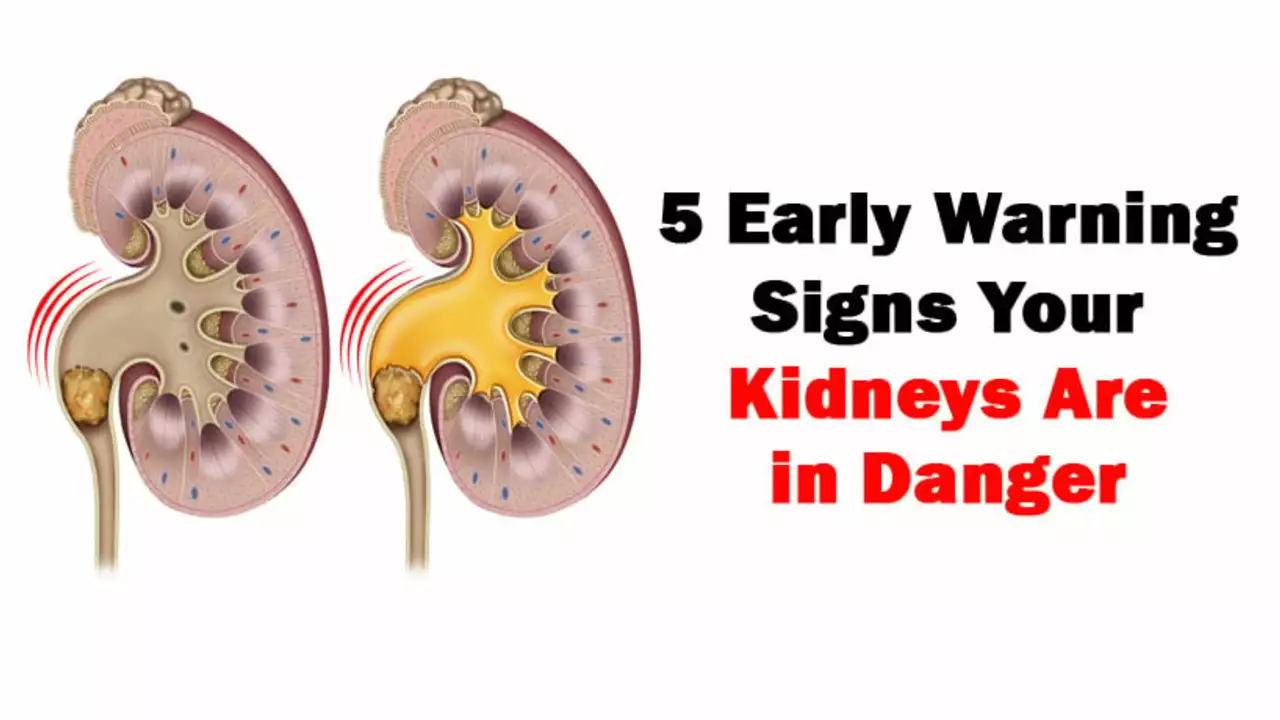Phosphate Binders: What They Do and How to Use Them
Too much phosphate in your blood speeds up bone and heart problems, especially if your kidneys aren’t doing their job. If you have chronic kidney disease (CKD) or you’re on dialysis, your doctor may prescribe a phosphate binder. These meds help stop phosphate from food being absorbed, so your labs stay in a safer range.
How phosphate binders work
Phosphate binders sit in the gut and grab phosphate from your meals before it gets into your bloodstream. You take them with food — that timing matters. They don’t remove phosphate already in your blood, but they lower what gets absorbed after eating. That’s why diet plus binders plus dialysis (if needed) often all work together.
There are several types. Here’s a quick, practical look at the common options and what to expect:
Calcium-based binders (calcium carbonate, calcium acetate): Cheap and effective for many people. They can raise your calcium levels, though, so doctors watch for hypercalcemia. Good if you’re low on calcium, not great if you already have high calcium or vascular calcification.
Sevelamer: A non‑calcium binder that won’t raise calcium. It can help lower LDL cholesterol in some patients. Common downsides are pill burden and cost. It’s a go-to when calcium needs to be limited.
Lanthanum carbonate: Effective and taken as chewable tablets. It doesn’t add calcium and works well when others fail. Some people dislike the taste or chewability; also more expensive than calcium binders.
Iron-based binders (ferric citrate, sucroferric oxyhydroxide): These bind phosphate and can boost iron stores, which helps some dialysis patients with anemia. Watch for constipation or dark stools and talk to your doctor about iron levels.
Practical tips you can use
Take your binder with the first bite or within about 10–15 minutes of starting a meal. If you take it too early or long after eating, it won’t work as well. Follow the exact dose your clinician gives you — doses change with meal size and lab results.
Expect side effects like constipation, stomach upset, or gas. Calcium binders can cause high calcium. Iron binders may change stool color. If you notice new symptoms, call your care team.
Binders can reduce absorption of other medicines (like some antibiotics or thyroid pills). Space other meds at least 1–2 hours away or check with your pharmacist. Labs matter: your nephrologist will track serum phosphate, calcium, and PTH to adjust therapy.
Cost and pill burden vary. If swallowing many pills is hard, ask about chewable options or alternative drugs. Don’t buy meds from unknown online sellers — check with your clinic or a trusted pharmacy and always use prescriptions when needed.
If your phosphate stays high despite taking binders and watching diet, talk to your nephrologist — there are other strategies and different binders to try. Small changes in timing, diet, or type of binder often make a big difference.

